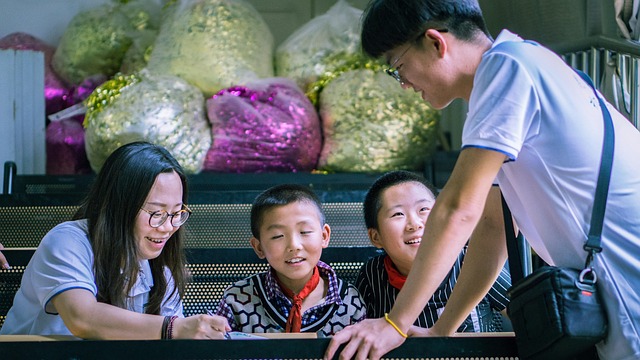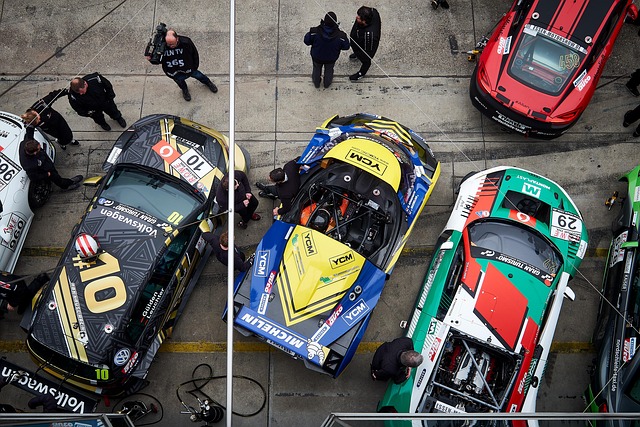Searching for innovative solutions Fostering Collaboration in Tech Workplaces
In the rapidly evolving landscape of technology, the culture that surrounds the work environment can be as decisive for success as the tools themselves. When teams are encouraged to engage in open, interdisciplinary dialogue, the spark of creativity ignites. The process of searching for innovative solutions becomes less of a solitary quest and more of a collective journey. By nurturing psychological safety, transparency, and shared ownership, organizations create fertile ground for ideas that push the boundaries of what is possible.
Embedding Curiosity into Daily Routines
Curiosity is not a trait that can be merely assigned; it must be cultivated through deliberate practices. Structured brainstorming sessions, where every voice is recorded, transform passive listening into active participation. When developers, designers, and product managers pause to ask, “What if?” instead of “Why?” the conversation shifts from constraints to possibilities. This simple reframing is a cornerstone of successful searching for innovative solutions because it invites speculation and experimentation.
- Allocate a fixed time slot each week for “innovation sprints” that are free from operational deadlines.
- Encourage “fail fast” retrospectives where failures are dissected as learning opportunities.
- Implement a rotating facilitator role to distribute ownership of the creative process.
Physical and Digital Environments that Promote Collaboration
The architecture of a workplace can either stifle or stimulate collaboration. Open-plan areas with modular furniture allow teams to assemble quickly, while quiet zones cater to deep work. On the digital front, shared knowledge bases and real-time communication tools bridge geographic gaps. These environments support the continuous flow of ideas and accelerate the searching for innovative solutions cycle.
“A well‑designed workspace is an investment in the team’s cognitive bandwidth,” notes a research paper on organizational psychology.
Cross‑Disciplinary Teams as Engines of Innovation
When experts from disparate fields collaborate, they bring unique lenses that can uncover hidden opportunities. For instance, pairing a machine learning engineer with a behavioral psychologist can reveal new ways to tailor user experiences. The diversity of perspectives creates a safety net against groupthink, enabling teams to pursue unconventional avenues during the searching for innovative solutions process.
Strategies for Building and Sustaining Cross‑Functional Collaboration
Establishing trust across disciplines requires intentional communication and mutual respect. Below are proven approaches that can help organizations maintain high levels of collaboration.
- Define a shared mission statement that encapsulates the team’s collective goals.
- Use visual project management tools to keep all members aligned on progress.
- Conduct joint learning sessions where team members teach each other domain fundamentals.
- Reward collaborative milestones rather than individual achievements.
The Role of Leadership in Cultivating an Innovative Culture
Leaders act as both gatekeepers and enablers of searching for innovative solutions. Their actions set the tone for risk tolerance, experimentation, and transparency. A leader who demonstrates curiosity, actively listens, and publicly acknowledges creative attempts signals that innovation is valued and safe.
Leadership Practices that Drive Innovation
Adopting the right leadership behaviors can create a virtuous cycle of idea generation and implementation. Below are key practices that leaders can embed into their daily routines.
- Allocate dedicated time for employees to pursue passion projects.
- Solicit regular feedback from teams on the support needed to innovate.
- Publicly celebrate both successful innovations and learning moments from failures.
- Maintain an open-door policy that encourages spontaneous idea exchanges.


